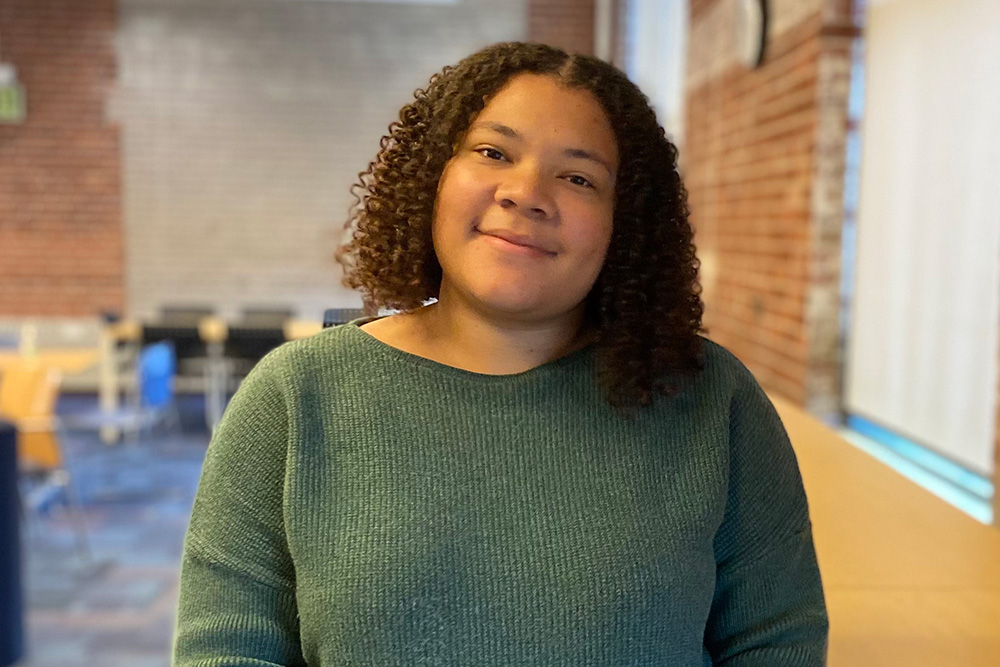Doing the math: Does Ontario’s elementary mathematics approach add up?
University of Ontario Institute of Technology drives new research on how to better-prepare future math teachers
September 13, 2018

“I can’t do math.”
“Math isn’t my subject.”
“I’m not good at math.”
Do these phrases sound familiar?
Chances are you have heard at least one anti-math refrain recently. If the source wasn’t a friend, maybe it was the news, TV or a movie (if you have any doubts about pop culture’s current take on math, check Editor Dan Meyer’s montage of television and movie clips in Hollywood Hates Math).
While it’s apparently socially acceptable to hate mathematics, the workplaces of today and of the future require young people to embrace math competency as an expectation. It’s not a choice.
Math is at the root of all the critical STEM (science, technology, engineering and mathematics) disciplines. An August 2018 Globe and Mail report Fuzzy numbers: How math instruction varies widely for teachers to be across Canada offered a critical examination of how post-secondary faculties of education prepare tomorrow’s math teachers. So, what’s happening math-wise in the Faculty of Education at the University of Ontario Institute of Technology?
Various faculty members share perspective on how the university’s Bachelor of Education program prepares teachers:
“Our Faculty of Education has a long-standing commitment to robust and cutting-edge math courses and teacher professional development,” says Dr. Diana Petrarca, Bachelor of Education Program Director.
Every teacher candidate develops their math teaching proficiency in three areas: content, teaching methods and technology.
“Everyone completes a 36-hour Mathematics Thinking and Doing course,” explains Dr. Ann LeSage. “This complements our 36-hour math pedagogy (teaching methods) courses and leads into the mandatory Coding and Communication course that introduces a new context for developing and applying math content. This three-pronged approach really sets our university’s teacher candidates up for future classroom success.”
“The requirement that all of our teacher candidates take a course in math ‘thinking and doing’ and one in computer coding is unique across faculties of education in the province,” says Dr. Ami Mamolo. “Being part of a STEM-focused university, we know how essential the procedures, content, and logical thinking of math are for science, technology and engineering; not to mention other areas, like interpreting medical results, making healthy life choices, and understanding environmental change or social trends.”
“Math education for teacher development is crucial, and also really complex,” says Dr. LeSage. “Some teacher candidates are really fearful of math, they’ve even come to hate it. Part of becoming a successful teacher who can help students achieve their own success in math, is overcoming the negativity that surrounds math. This takes time, experience and a variety of learning approaches.”
Drs. Diane Tepylo and Robyn Ruttenberg-Rozen say innovative curriculum efforts at the university are making a difference.
“We live in a technological age: mathematics is at the root of all that technology and it is part of the language of the future,” says Dr. Ruttenberg-Rozen. “We do have to look to the education of the past to learn from it. We do need that fluency that ‘back to the basics’ is supposed to develop. We need that fluency of skills to support creativity, innovation and critical thinking with mathematics.”
“It’s natural to look for ways to improve education, and we do this all the time, says,” Dr. Tepylo. “We talk with teachers, parents, students, administrators, researchers and teacher candidates themselves to inform how and what we do in our program. Concerns around teachers’ mathematical knowledge are not new. However, the argument by some that a ‘back to the basics’ focus will automatically improve scores and knowledge doesn’t hold true. Sense-making is imperative to support math fluency.”
In today’s ever-changing technological world, it’s becoming increasingly clear that “the basics” aren’t what they used to be, and students and their teachers need to be prepared for that. Over the years, the University of Ontario Institute of Technology’s Faculty of Education has consistently offered initiatives that have enriched the knowledge of both teachers and students, and we will continue to do so―looking forward, and reflecting back.
Media contact
Bryan Oliver
Communications and Marketing
Ontario Tech University
905.721.8668 ext. 6709
289.928.3653
bryan.oliver@uoit.ca



